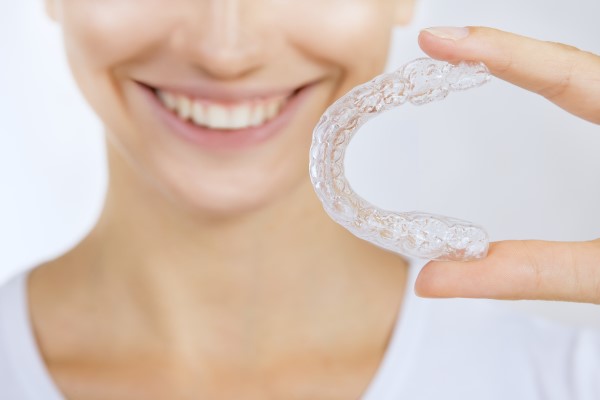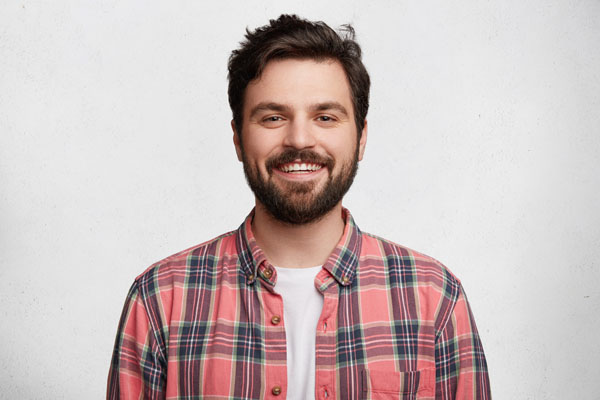Does Invisalign Fix All Teeth Problems?

What can Invisalign® fix?
Clear aligners can be used to address many common alignment issues. While the complexity and severity of the case ultimately affect if Invisalign® is a suitable treatment, there are several situations these aligners are often used to treat.
Overbite
Patients who have an overbite have alignment issues that result in the upper jaw pushing out past the lower jaw. This often results in the top teeth resting in front of the bottom teeth. Depending on how bad the malocclusion is, this can cause wear and tear on the teeth, damage the gums, contribute to sleep apnea, or cause jaw pain. Clear aligners can often be used in this situation to push the upper jaw back, allowing teeth to rest in a more natural position.
Underbite
Patients with an underbite have a lower jaw that protrudes past the upper jaw. This issue is often noticeable when a person smiles and can similarly cause pain, dental issues, and difficulties eating or speaking.
Crossbite
A patient with a crossbite may have one or several teeth on one arch of the jaw that fit behind the teeth on the corresponding arch. This issue can affect teeth on either the sides or front of the mouth. Posterior crossbites affect teeth on the sides of the mouth while anterior crossbites affect teeth in the front.
Open bite
When the top and bottom jaw do not meet together, this is called an open bite. A major cause of this issue is extended pacifier use or thumbsucking. Treatment involves pushing the jaw down or up so the teeth are touching.
Crooked teeth
Most people have at least one or more teeth that are not perfectly straight. Even if other bite issues are being fixed, Invisalign® can rotate individual crooked teeth for more even teeth all around.
Teeth gap
Gaps can form between teeth for several reasons, including a jaw that is too large for the size of the teeth. Some people may even have a gap between the two top front teeth. As long as the space is 6 millimeters or under, aligners can bring the teeth closer together.
Overcrowded teeth
Alternatively, some people have a too small a jaw for all the teeth in the mouth or have teeth that emerged close together. With overcrowding, aligners can adjust the jaw and guide the teeth to an adjacent position with sufficient space.
Conclusion
There are a wide variety of situations that Invisalign® can help with, but a patient’s dental provider has the last say on whether the desired goals can be met using these aligners. The dentist can also take into consideration the patient’s overall dental health when making a recommendation.
Request an appointment here: https://thechesterfielddentist.com or call Chesterfield Dentist at (804) 412-0867 for an appointment in our Chester office.
Check out what others are saying about our dental services on Yelp: Invisalign in Chester, VA.


